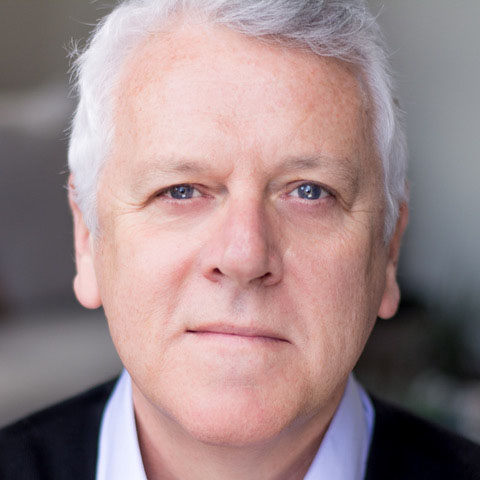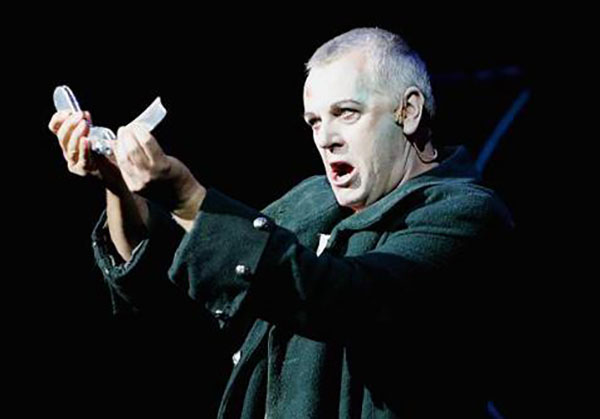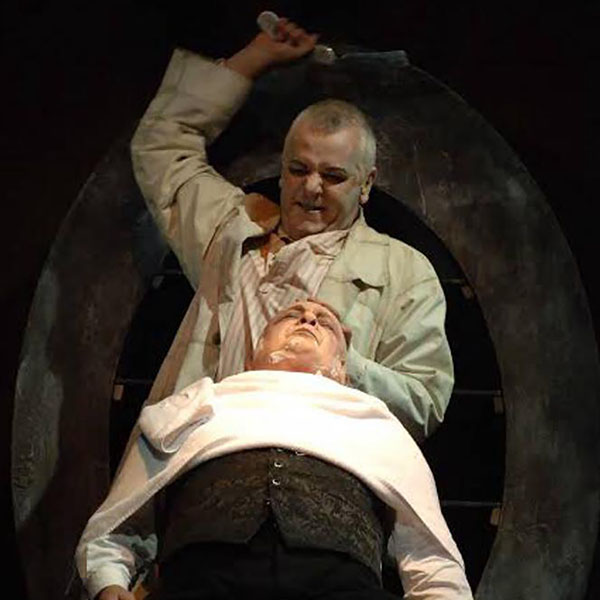We are absolutely thrilled to have Peter Coleman-Wright and Cheryl Barker portray the husband-and-wife duo, Sam and Dinah in the one-act opera Trouble in Tahiti by Leonard Bernstein. It forms one half of our 2025 Bernstein & Busoni double bill.
Peter's stellar international career ranges from the opera classics such as Traviata and La Bohème to more recent works, such as Caligula and Bliss. In this exclusive interview Peter told us what drew him to Trouble in Tahiti and some of its challenges. He also told us about similar roles, and his meticulous approach to character preparation.
1. What are the vocal challenges of this role?
The Sam role is fulfilling, but far from easy to sing. It is exacting and sometimes awkward. I am happy the part is relatively short — the performance requires so much concentration and plain hard work!
One of the greatest vocal challenges lies in navigating the frequent and tricky changes of vocal register—to get a bit technical, to manage the ‘passaggio’. This means smoothing the transitions from chest to mixed voice (blend of chest and head), and from mixed to head voice, so they happen seamlessly, without audible breaks, while retaining quality of tone and timbre between lower to higher notes. Bernstein’s music certainly doesn't make this easy.
To add to the difficulty, as the role is in English, the libretto must remain clear and intelligible during those transitions. The audience needs to hear every word—not distorted or swallowed by vocal manoeuvring. Finally, I must stay focused on the emotional truth of the character, which is as intense as the music itself.
That's why I’m drawn to the role. It’s really rewarding when you can get all of this right!
2. Which of your previous roles best equips you for this one?
I’d say Sweeney Todd. It is a similar role in many ways—but heavier. That character also has a wide vocal range and a deep emotional journey, with lots of shifts in mood and colour. Some works by Richard Strauss also come to mind, especially in terms of large vocal demands and psychological depth.
3. What is your process for getting under a character’s skin?
Before rehearsals, I concentrate on getting things musically and vocally right first—to get the ‘muscle memory’ in my body. Then, I put my stamp on the role by building a character from how I sing and act. I aim to arrive at the first day of rehearsals with a clear foundation already built.
From there, I absorb the production’s concept—looking at costumes, set design, and discussing interpretation with the Director and Conductor. Then, ideally what develops during rehearsals is an enriched, collaborative version of the character that supports and improves the entire production.
4. Can you share a lesser-known fact about yourself?
I hate doing nothing. Perhaps that is not so surprising (especially to those who know me).
Maybe an unexpected fact: I’d like to learn to make stained glass windows one day.



